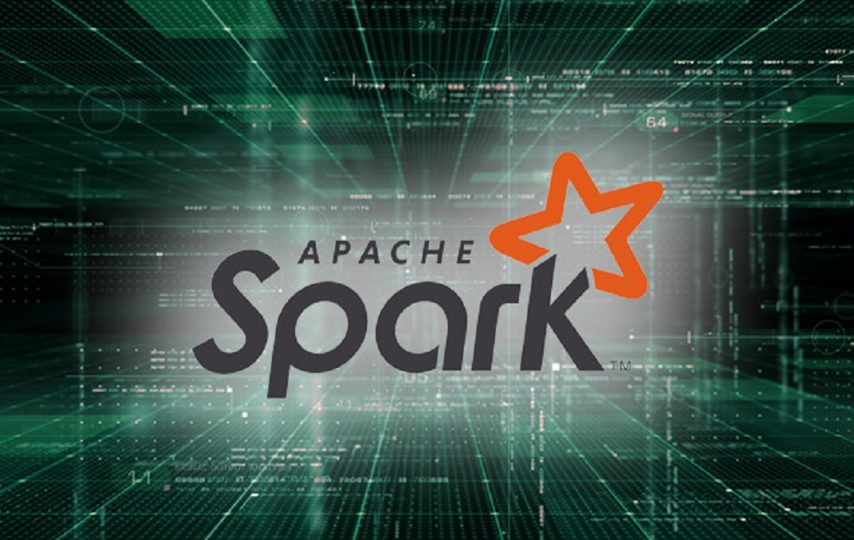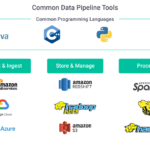Apache Spark is an overall distributed processing architecture that may be used for a variety of tasks that is also very quick as well as capable of generating extremely high Apis (Application Presentation Guide). When we talk about memory, the method could also function programs up to one hundred times faster than any other language, which is a significant performance improvement. It is 10 times quicker than Map Reduce when running on disc. Sample applications built-in Python, Java, as well as Scala are included in the Spark software installation.
Additionally, the system is being developed to deal with a wide range of elevated situations functionalities, such as interactive SQL also NoSQL, MLlib (for computer vision), GraphX (for analyzing networks), unstructured data management, and streamed are all examples of libraries. In memory cluster computing, Apache contains a deadlock concept called graph database databases, which are used to handle widespread faults (RDD). This is usually called a kind of limited distributed shared memory. As soon as we start using a spark, you would see it provide users with the API which is difficult to understand while also working with large datasets. If you wish to recognize the whole thing about Data and how to go about it, read on.
A variety of advantages may be gained by using Spark to develop your ML algorithms. Apache Spark Implementation is an excellent choice for this work because it can be used to quickly construct a model that illustrates a common pattern hidden within the data and then analyze any newly-supplied data against that model. The information provided by you-may-also-like will be required by eCommerce retailers, for example, to implement the feature on their website. Bankers, on the other hand, must distinguish between a vast number of genuine activities and those that are fraudulent.
Acceleration of the Apache Spark performance
Apache Spark is a general phrase that refers to the non-traditional tactics and technologies that are required to collect and organize massive datasets, as well as to analyze and extract insights from them. It is not new to face the challenge of collecting and organizing information that surpasses the computational capability or storage capacity of a single computer; nonetheless, the rapid spread, scalability, and value provided by this form of computing have all increased dramatically in recent years. As part of this research, we will examine one of the most important components of a large data system: the done on the basis. When reading from volatile and non – volatile memory or when ingesting data into the system, processor systems perform computations on the data in memory. Computing data is indeed the method for collecting information and insights from enormous amounts of individual data points to make decisions.
Improve the performance of Apache Spark by using performance accelerators
In the field of huge, remote data analytics computing, Apache Spark has been established as the de facto standard architecture. Researchers educated the ml algorithms utilizing data from prior accelerated activities as well as computational models that made assumptions about the accelerator’s performance to make such progressions feasible. It was discovered that combining data from the model equation in connection with actual results might significantly reduce the quantity of fresh data necessary to be collected.
Among the most common applications are:
- Team evaluations are conducted on an individual basis.
- Recognizing challenges within the team and identifying priorities for improvement
- Taking open and honest discussions with your team about working is essential.
- The team’s climate is being measured and tracked.
- Confirming the influence of a leader’s style on the performance of a team
- The majority of the time, operational and management teams will utilize this tool to produce a picture of the present environment. The tool assists teams in directing on the most important difficulties they are facing, identifying core causes, identifying development opportunities, and tracking their progress toward their objectives.
Apache spark implementation with Machine Learning
In the scientific world, ML is strongly related to the fields of data science. There are strong emphases on the use of algorithms in the development of programs that enable apps to be quite precise in their capacity to forecast outcomes. Such algorithms make prospective projections depending on the information available that has been input in the history. Machine learning may be used in a variety of fields, including Workflow, fraud prevention, malware scanning, and preventive analytics.
Machine Learning is the process of learning from current data and applying that information to create forecasts regarding the future. It is also known as deep learning. Data-driven decision-making is based on the building of models from incoming data sets to conclude.
Conclusion
A machine learning method that operates at a quick speed is completed possibly by Apache Spark, which is capable of doing repeated queries on big data sets. Aside from that, Apache Spark comes with a built-in machine learning library, known as MLlib, which simplifies the process of classifying data, grouping it, aggregating it, and performing other important operations in a single framework.













